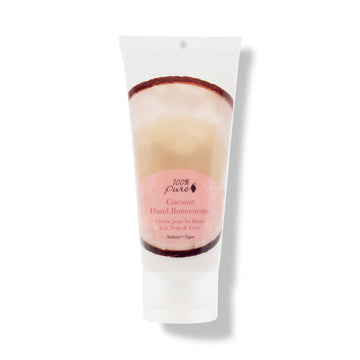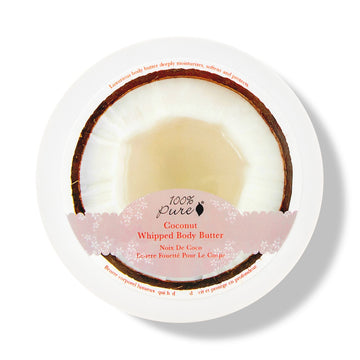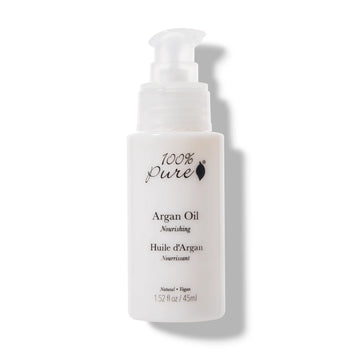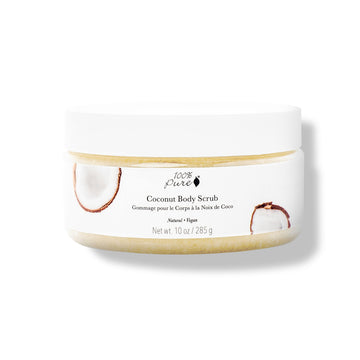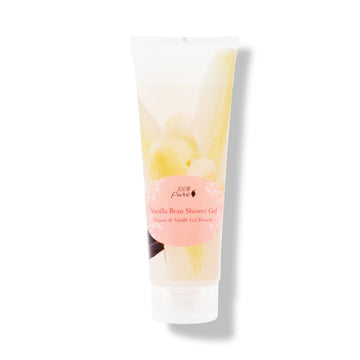How to use a hand mask for repairing dry, cracked hands
Written by: 100% PURE ®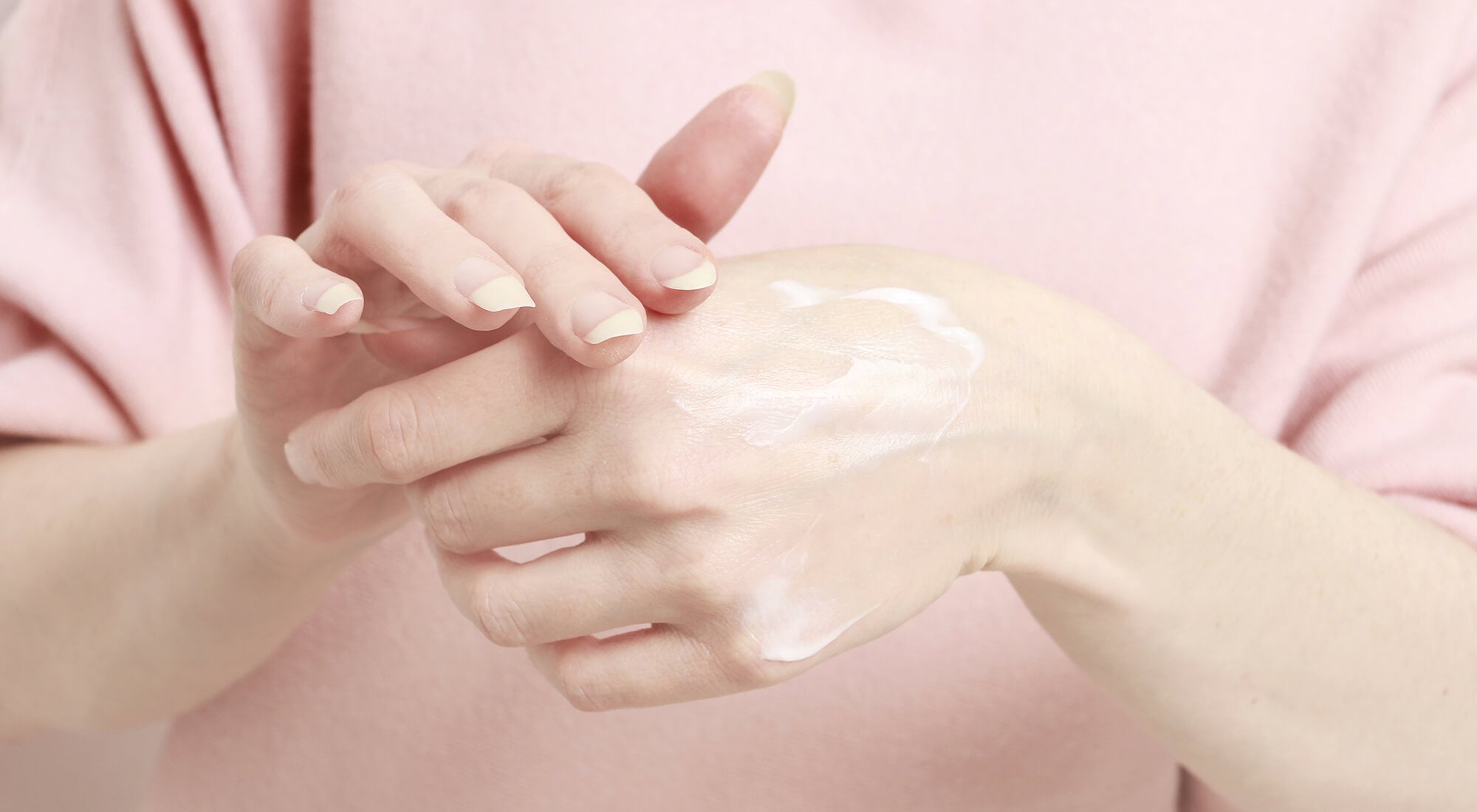
Clean hands are important to avoid spreading germs, both during our skin care routine and in our day to day life. But much to our lipid barrier’s dismay, this means we’re using hand sanitizers and soaps more than ever. While the ingredients in hand sanitizers and soaps are harsh on viruses, they can be rough on our skin barrier, too.
Alcohol is essential to killing germs, but it can strip your skin barrier of moisture. Depending on the type and frequency of hand products being used, cleansing can lead to severe dryness and cracking.
Dry, cracked hands can actually leave you vulnerable to viruses and bacteria. A lack of proper hydration can compromise your hands’ skin barrier; this leaves your skin less capable of warding off microbes.
Fortunately, a hand mask might just be your saving grace. Similar to a regular face mask, a hand mask can restore hydration to uncomfortably dry skin. In many cases, you’ll find a mask can cut down on your discomfort overnight. If your hands require some much needed relief, read on to find your perfect hand mask remedy!
A hand mask works by restoring hydration and lipids to your skin barrier. When we clean our skin too often or use harsh surfactants, we end up removing the fats necessary to keep moisture locked into our skin. When we lose those lipids, we end up exposing our skin to dry air and dehydrating it.
This is why your hand mask needs to include heavy duty occlusives. While these heavier occlusives might be too greasy or oily on your face, dry hands will soak up these ingredients! Occlusives trap moisture on your skin, as their function is similar to that of your natural lipids.
Many occlusive ingredients function as emollients, too. Emollients soften and soothe the skin by adding lipids to any gaps in your skin. Some examples of occlusive and emollient multi-taskers are shea butter, cocoa butter, jojoba oil, and sunflower oil.
Ideally, a good hand mask should:
-
Moisturize your hands, to replenish lost hydration
-
Soften your skin and reduce that tight, uncomfortable feeling of dryness
-
Trap moisture on your skin, preventing dehydration
-
Help repair the skin barrier, making it easier for skin to defend itself from microbes
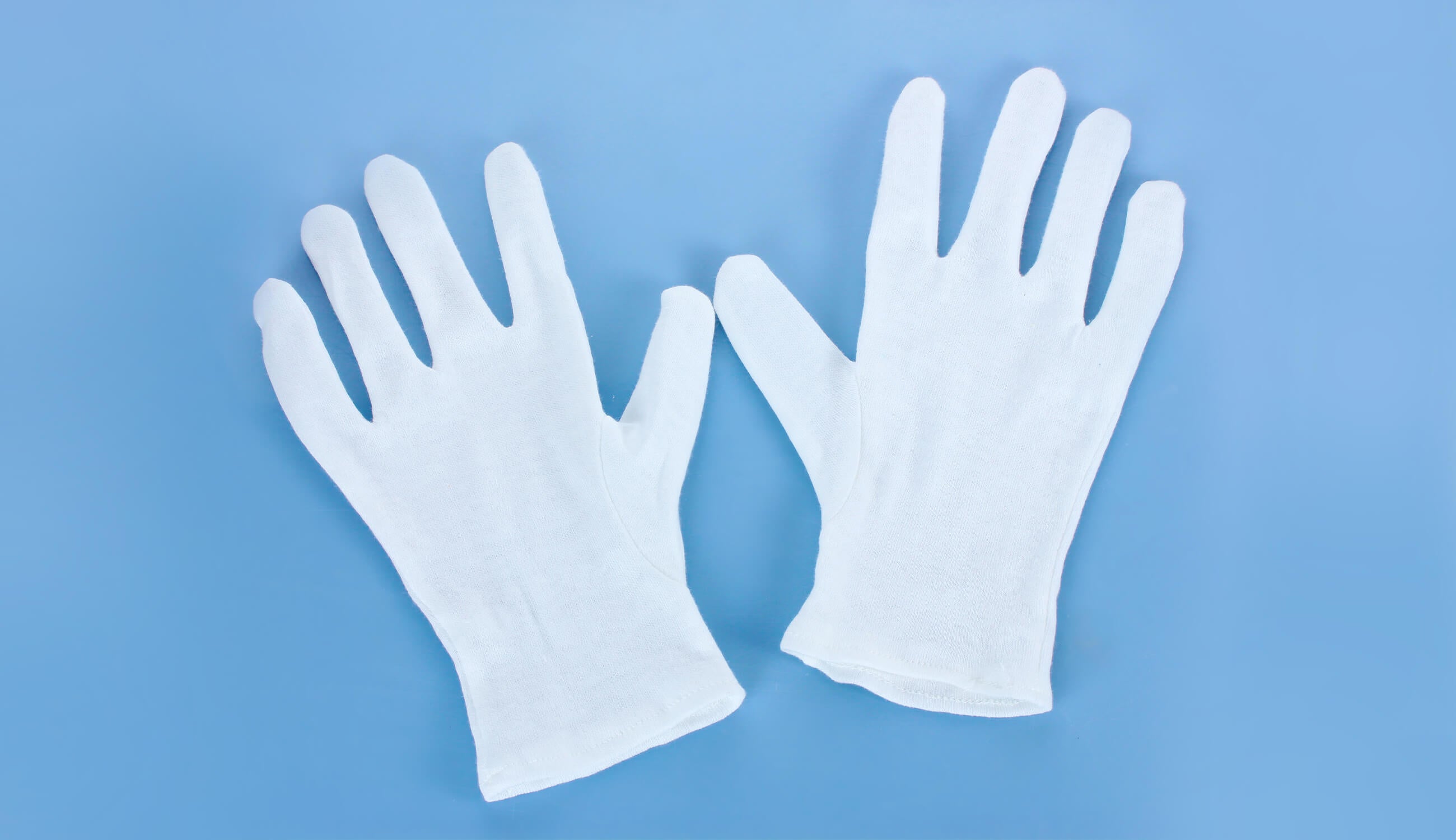
You can buy a hand mask in stores or online – but a DIY recipe is often easier and more cost-effective. The best part? You get to control the exact ingredients going on your skin. For this vegan hand mask you’ll need:
-
2tbsp of aloe vera gel
-
2tbsp of shea butter
-
2tbsp of sunflower oil
-
1 heat-safe bowl
-
1 mixing utensil (like a fork or balloon whisk)
-
1 pair of cloth gloves
-
1 airtight container
DIRECTIONS
-
Add aloe vera and sunflower oil to a heat-safe bowl; mix thoroughly
-
Add shea butter, warmed or softened at room temperature; mix to get a somewhat creamy consistency
-
Using microwave or double boiler, melt the mixture in 3-second increments; stir until smooth
-
Pour into an airtight container and allow to cool
-
Apply hand mask liberally to your hands
-
Slip a pair of cloth gloves onto hands, and allow to set overnight or for 15-30 minutes
-
Remove gloves and massage remaining mixture onto forearms, elbows, and biceps. Enjoy your new super soft skin!
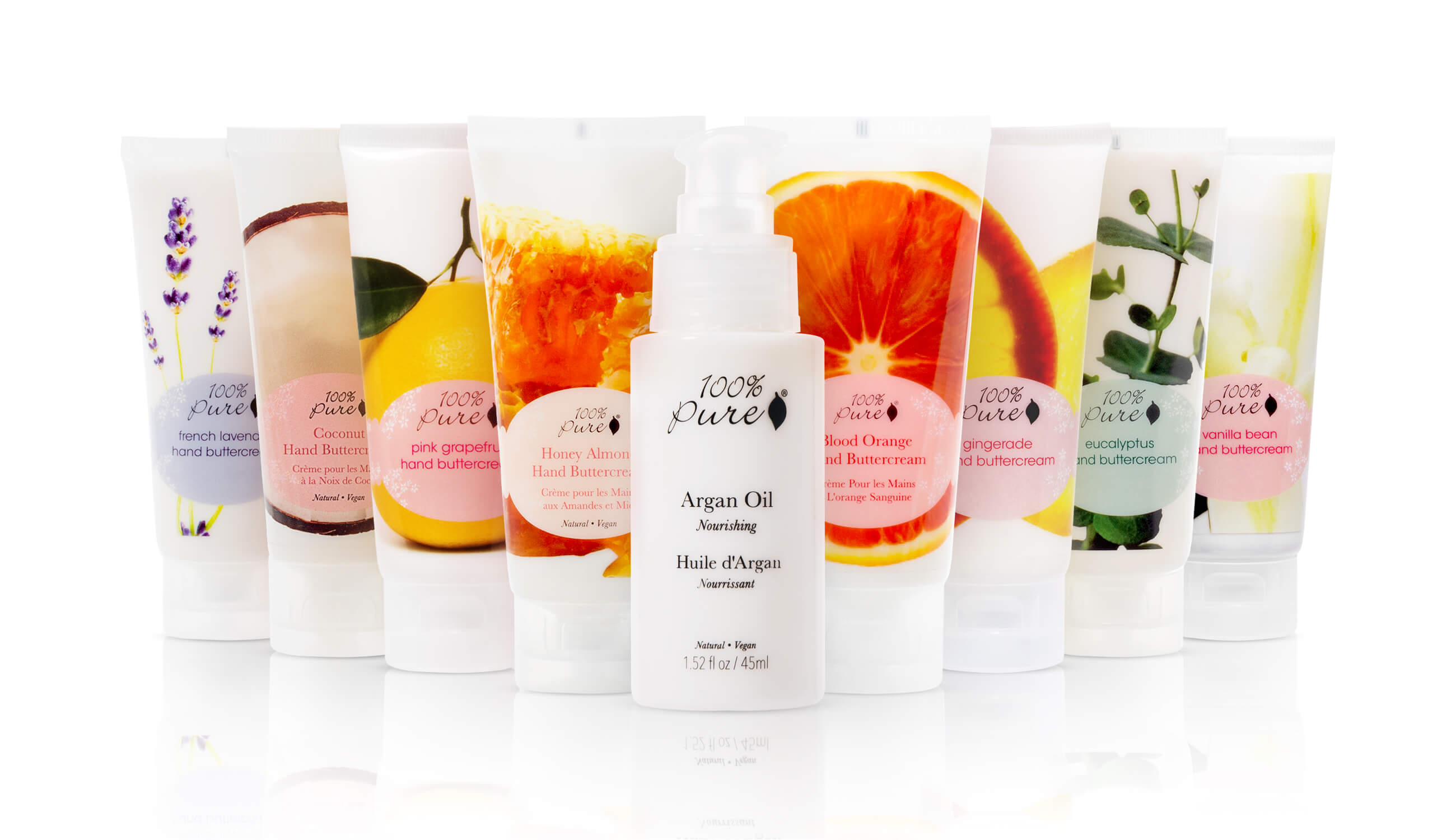
By now, you’re probably a pro at using hair and face masks – but a hand mask comes with a different set of best practices. Follow these guidelines to maximize the benefits of your hand mask!
Use your mask overnight
While you sleep, your body's working overtime to heal itself. That’s why the best time to apply your mask is before bedtime. Plus, your 7 to 9 hour slumber (for the lucky ones) will give your skin the proper amount of time to soften and replenish itself.
Apply a quick hand mask during the day
Due to exhaustion and other unforeseen factors (working late, toddler teething, etc), you might not have time to set up your hand mask before bed. Fortunately, not all hope is lost: even if you can’t afford to spend a couple of hours with gloves on, you can still reap some benefits.
Apply a small amount of hand lotion instead of your hand mask, and slip into some gloves for 15 to 30 minutes. At the very least, a quick infusion of moisture can alleviate some of your discomfort.
Find sustainable cloth gloves
We use gloves for overnight hand masks, so that the product won’t get on our clothes, bedsheets, and face as we sleep. This keeps our relief where we need it: our hands!
The best gloves to use come in cloth material that’s sustainable and soft. Think recycled cotton, bamboo, eucalyptus, and hemp fabrics. Not only are these fabrics better for the environment, they aren’t as uncomfortable as rubber or latex gloves and can actually allow your skin to breathe. Rubber gloves, in particular, can pull and catch on your hair or bed sheets.
PRO TIP: Hemp fabric tends to get softer the more you wash it.
Layer moisture
For extra dry hands that need more relief, layer moisturizing products. First, use a hydrating lotion with humectants and soothing ingredients. Follow up with your hand mask. If you need to, layer body butter, coconut oil, or argan oil on top. Body butters contain heavier occlusives that work great for drier parts of your body, like the hands and feet.
Be consistent
If you’re washing and sanitizing your hands on a regular basis, you need to moisturize and use your hand mask often. Between your skin care routine, regular hand washing, sunscreen reapplication, food prep, and dish washing – your hands are looking at a minimum of 15-20 washes a day. For soft, moisturized hands every day, use your hand mask most nights or as needed.
Exfoliate
Use a gentle physical scrub on your hands to remove dead skin cells from the top layer of your skin. Exfoliation allows moisturizing ingredients to penetrate your skin better and prevents the buildup of dead skin over time.
The best practice is always prevention. While dry hands can sometimes be inevitable – especially if you work in the food or healthcare industry – there are certain measures you can take to cut back on dryness and cracking.
-
Wash your hands when necessary, but don’t overdo it. Excessive hand washing can deplete the natural lipids in your skin, leaving skin vulnerable to moisture loss.
-
Use a gentle cleanser for your hands. Try to find cleansers infused with moisturizing ingredients, like aloe vera. Avoid harsh surfactants, like sodium lauryl sulfate. Out of your favorite hand wash? Try a hydrating shower gel instead!
-
Avoid using super hot water when you wash your hands. Heat coaxes moisture out of your skin. That’s often why those with compromised skin barriers, like eczema or psoriasis sufferers, regularly avoid extreme temperatures.
-
Get ample rest! Your skin heals and replenishes its moisture barrier when you sleep. Give your body enough time to heal itself, ideally while working with your hand mask ingredients.
-
Moisturize, moisturize, moisturize – especially after washing your hands. The exceptions come when you’re preparing food or caring for a person who’s sick; a moisturizer can interfere with the effectiveness of soaps and sanitizers.
We definitely support washing your hands to protect yourself and others, but don’t neglect your skin barrier. A compromised barrier can lead to a host of issues and discomfort. Instead, remedy your dry hands with a nourishing hand mask to leave your skin stronger than ever!
- Tags: Bath Body Hair, Body, June-2020
We carefully hand-select products based on strict purity standards, and only recommend products we feel meet this criteria. 100% PURE™ may earn a small commission for products purchased through affiliate links.
The information in this article is for educational use, and not intended to substitute professional medical advice, diagnosis, or treatment and should not be used as such.












